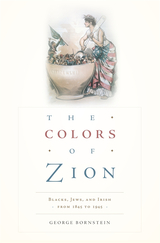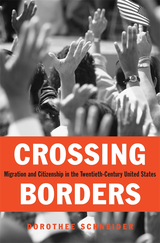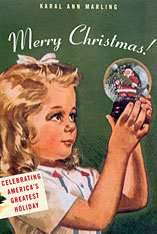
A major reevaluation of relationships among Blacks, Jews, and Irish in the years between the Irish Famine and the end of World War II, The Colors of Zion argues that the cooperative efforts and sympathies among these three groups, each persecuted and subjugated in its own way, was much greater than often acknowledged today. For the Black, Jewish, and Irish writers, poets, musicians, and politicians at the center of this transatlantic study, a sense of shared wrongs inspired repeated outpourings of sympathy. If what they have to say now surprises us, it is because our current constructions of interracial and ethnic relations have overemphasized conflict and division. As George Bornstein says in his Introduction, he chooses “to let the principals speak for themselves.”
While acknowledging past conflicts and tensions, Bornstein insists on recovering the “lost connections” through which these groups frequently defined their plights as well as their aspirations. In doing so, he examines a wide range of materials, including immigration laws, lynching, hostile race theorists, Nazis and Klansmen, discriminatory university practices, and Jewish publishing houses alongside popular plays like The Melting Pot and Abie’s Irish Rose, canonical novels like Ulysses and Daniel Deronda, music from slave spirituals to jazz, poetry, and early films such as The Jazz Singer. The models of brotherhood that extended beyond ethnocentrism a century ago, the author argues, might do so once again today, if only we bear them in mind. He also urges us to move beyond arbitrary and invidious categories of race and ethnicity.

Aspiring immigrants to the United States make many separate border crossings in their quest to become Americans—in their home towns, ports of departure, U.S. border stations, and in American neighborhoods, courthouses, and schools. In a book of remarkable breadth, Dorothee Schneider covers both the immigrants’ experience of their passage from an old society to a new one and American policymakers’ debates over admission to the United States and citizenship. Bringing together the separate histories of Irish, English, German, Italian, Jewish, Chinese, Japanese, and Mexican immigrants, the book opens up a fresh view of immigrant aspirations and government responses.
Ingenuity and courage emerge repeatedly from these stories, as immigrants adapted their particular resources, especially social networks, to make migration and citizenship successful on their own terms. While officials argued over immigrants’ fitness for admission and citizenship, immigrant communities forced the government to alter the meaning of race, class, and gender as criteria for admission. Women in particular made a long transition from dependence on men to shapers of their own destinies.
Schneider aims to relate the immigrant experience as a totality across many borders. By including immigrant voices as well as U.S. policies and laws, she provides a truly transnational history that offers valuable perspectives on current debates over immigration.

It wouldn't be Christmas without the "things." How they came to mean so much, and to play such a prominent role in America's central holiday, is the tale told in this delightful and edifying book. In a style characteristically engaging and erudite, Karal Ann Marling, one of our most trenchant observers of American culture, describes the outsize spectacle that Christmas has become, showing us the provenance and significance of each of its essential parts: the decorated trees and holiday lights, the cards and gifts and wrapping papers, the toy villages and store displays and Macy's holiday parade, Bing Crosby and Santa Claus.
Viewing Christmas through the media of mass culture--engravings and lithographs, magazine fiction, pictorial ads, news photos, cards, and movies--Marling tells us how the beloved Christmas tree grew out of a much-reprinted image of Queen Victoria and her family gathered around a decorated fir; how Santa Claus lost his provincial Dutch character and turned into the jolly old soul we know; how Charles Dickens's A Christmas Carol borrowed from Washington Irving's imaginings of what Christmas must have been like in Merrie Olde England; and how the holiday, balancing between the private and public realms, conferred a central and defining role on women.
A celebration of the visual culture of the season, Merry Christmas! offers captivating evidence that Christmas in America is primarily a secular celebration of abundance, goodwill, and familial identity, expressed in a multitude of material ways.
READERS
Browse our collection.
PUBLISHERS
See BiblioVault's publisher services.
STUDENT SERVICES
Files for college accessibility offices.
UChicago Accessibility Resources
home | accessibility | search | about | contact us
BiblioVault ® 2001 - 2024
The University of Chicago Press









